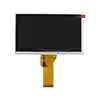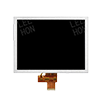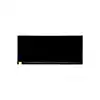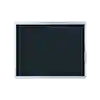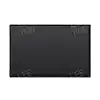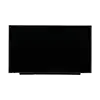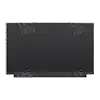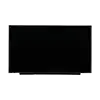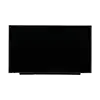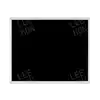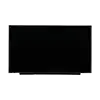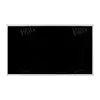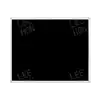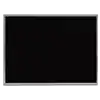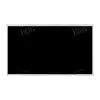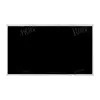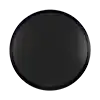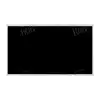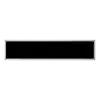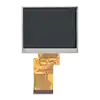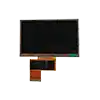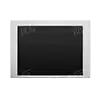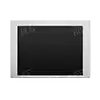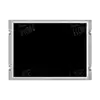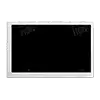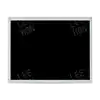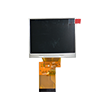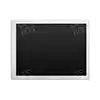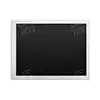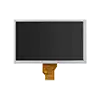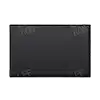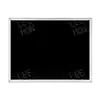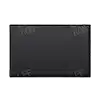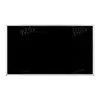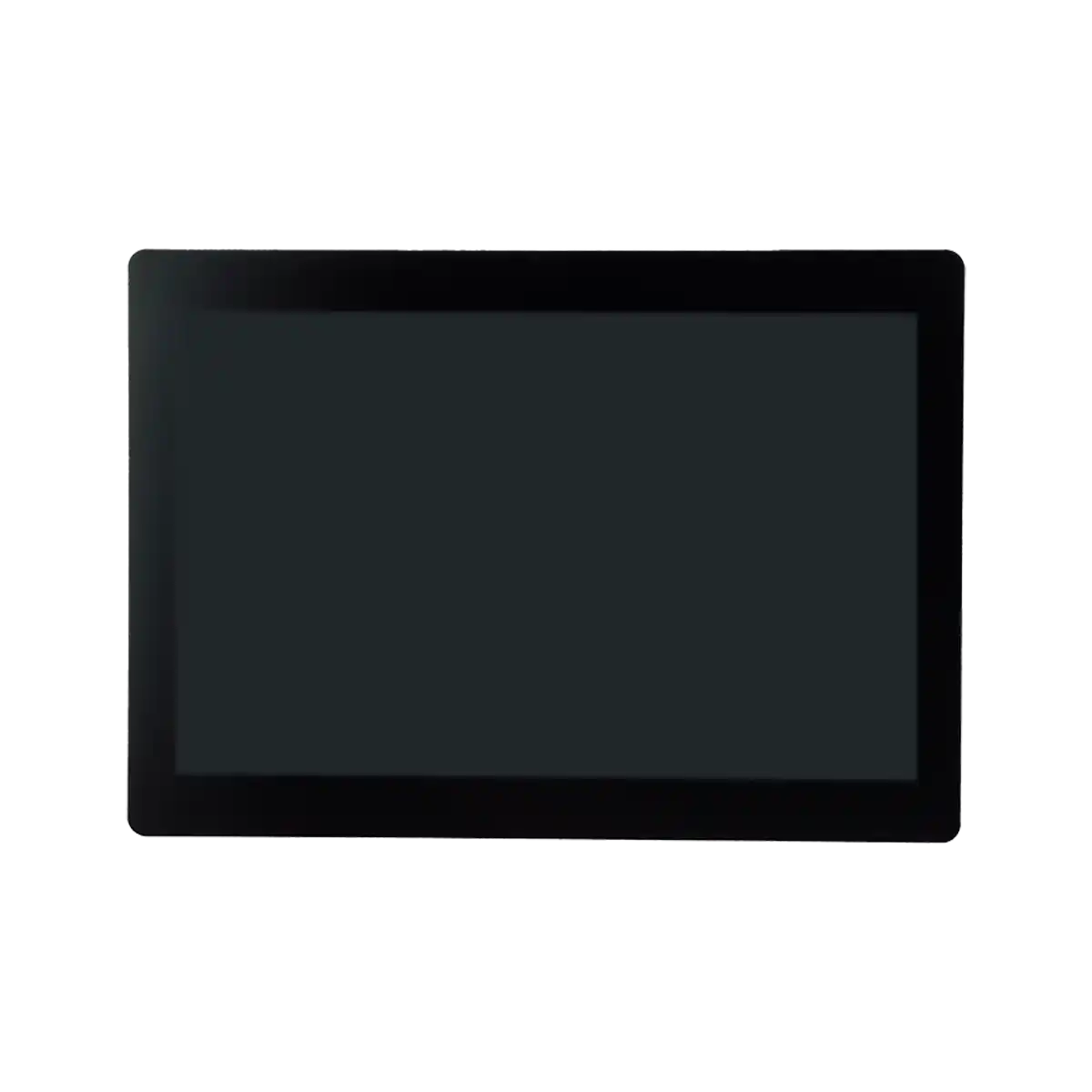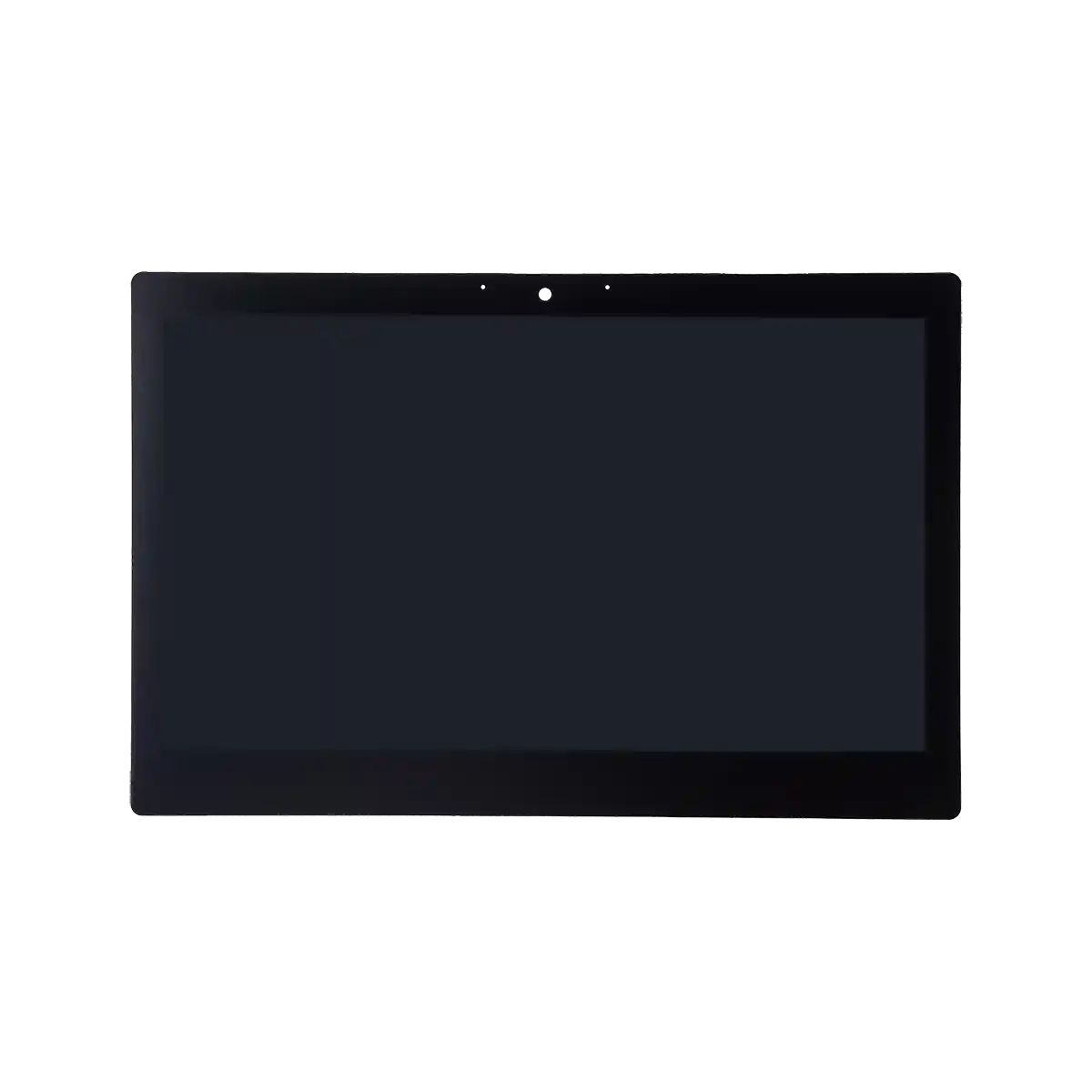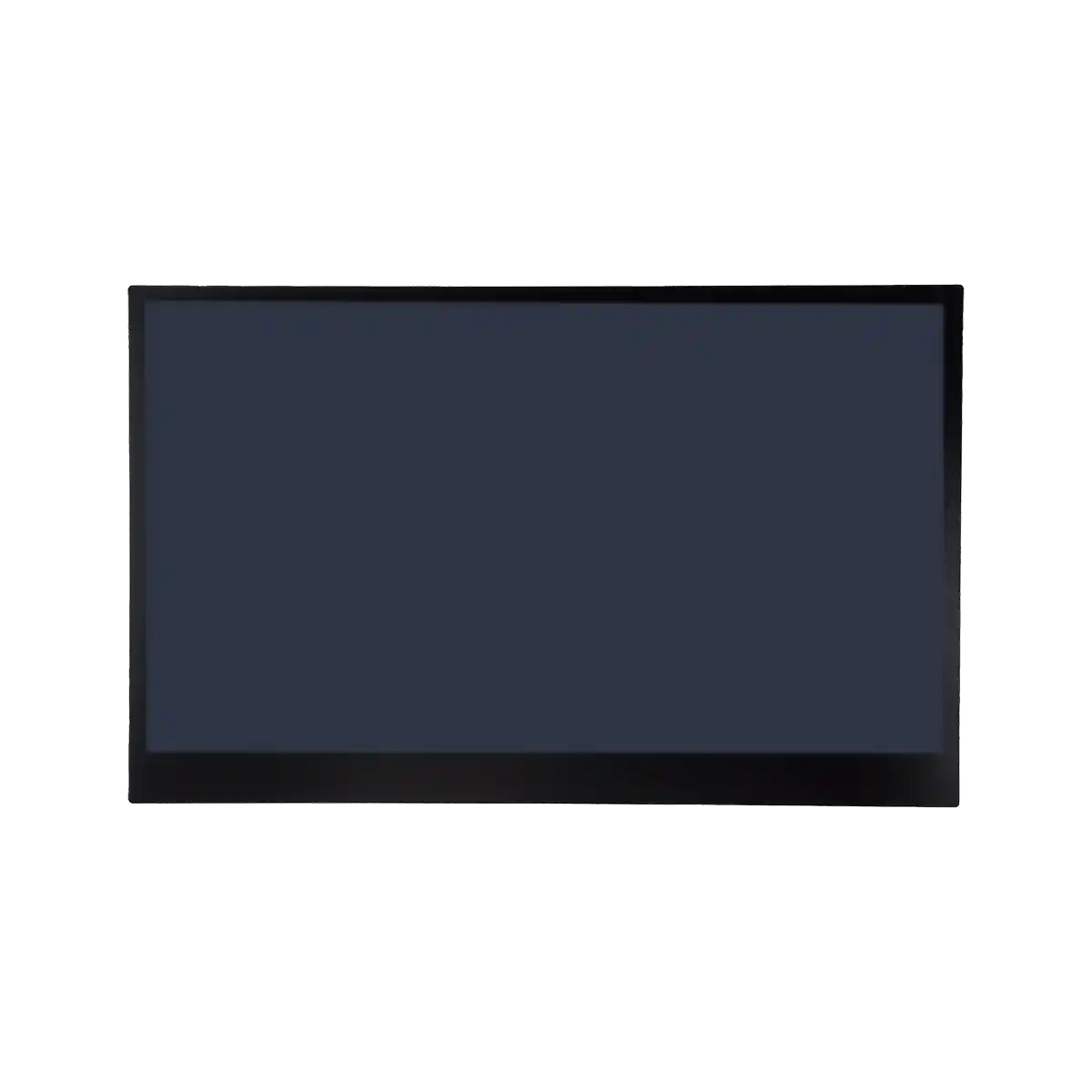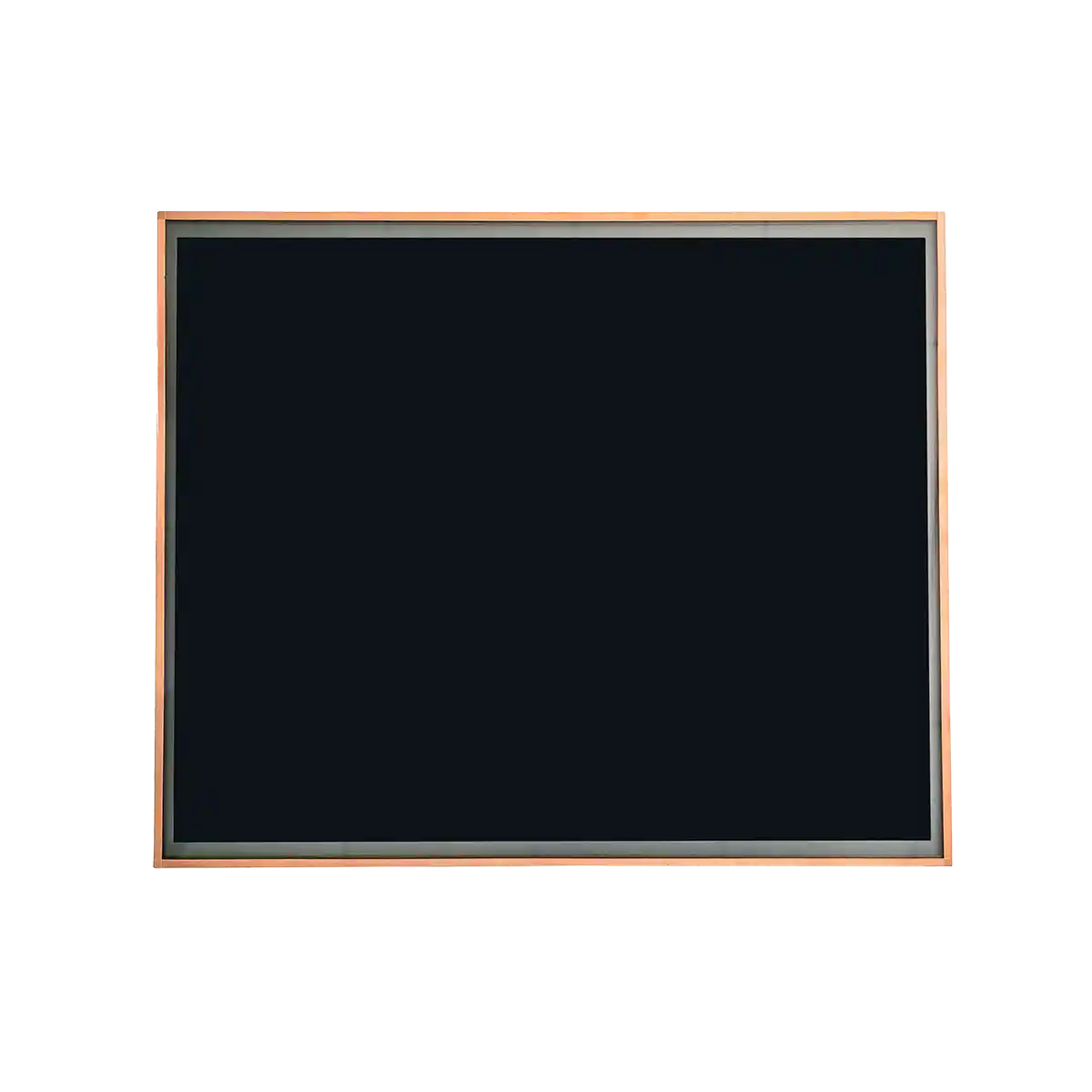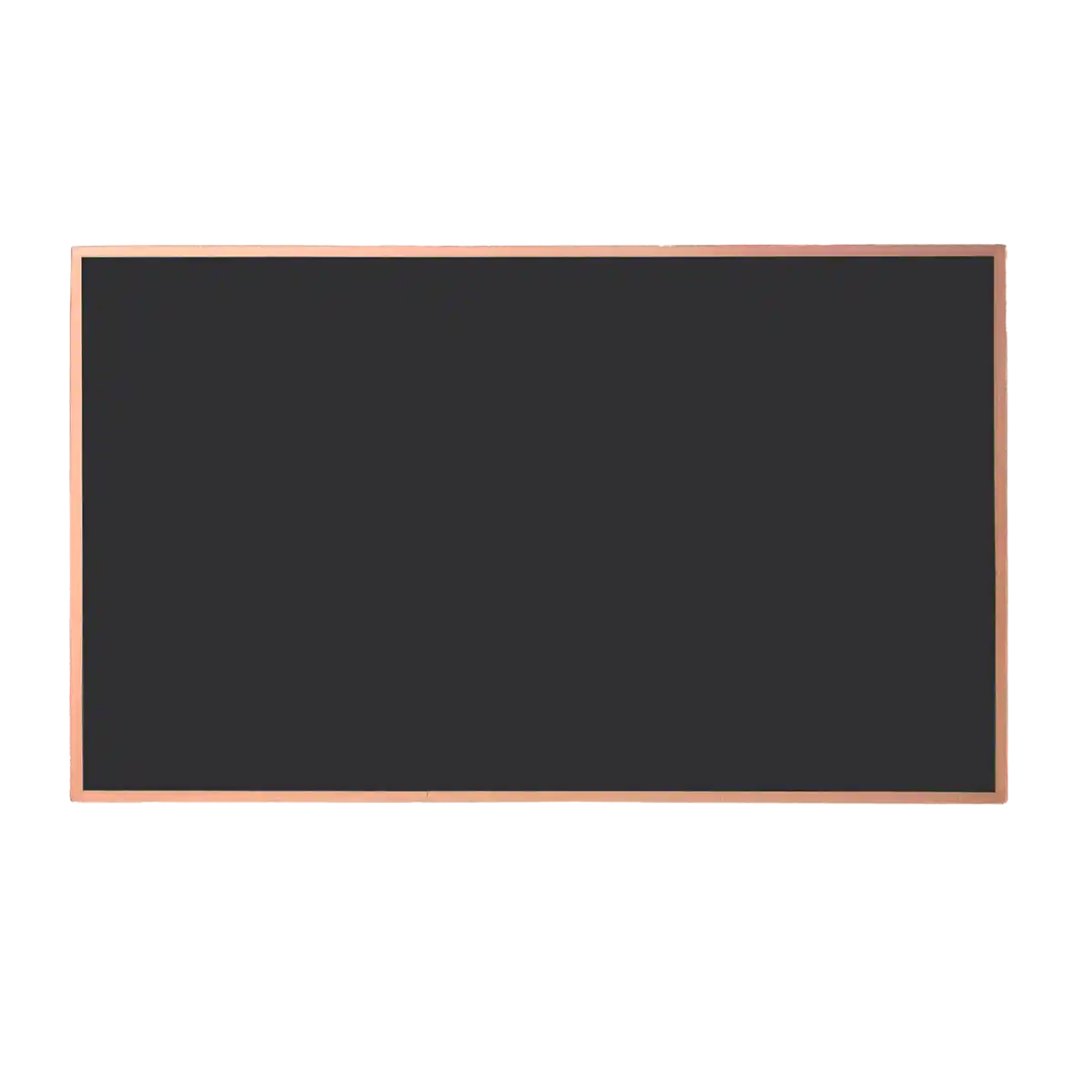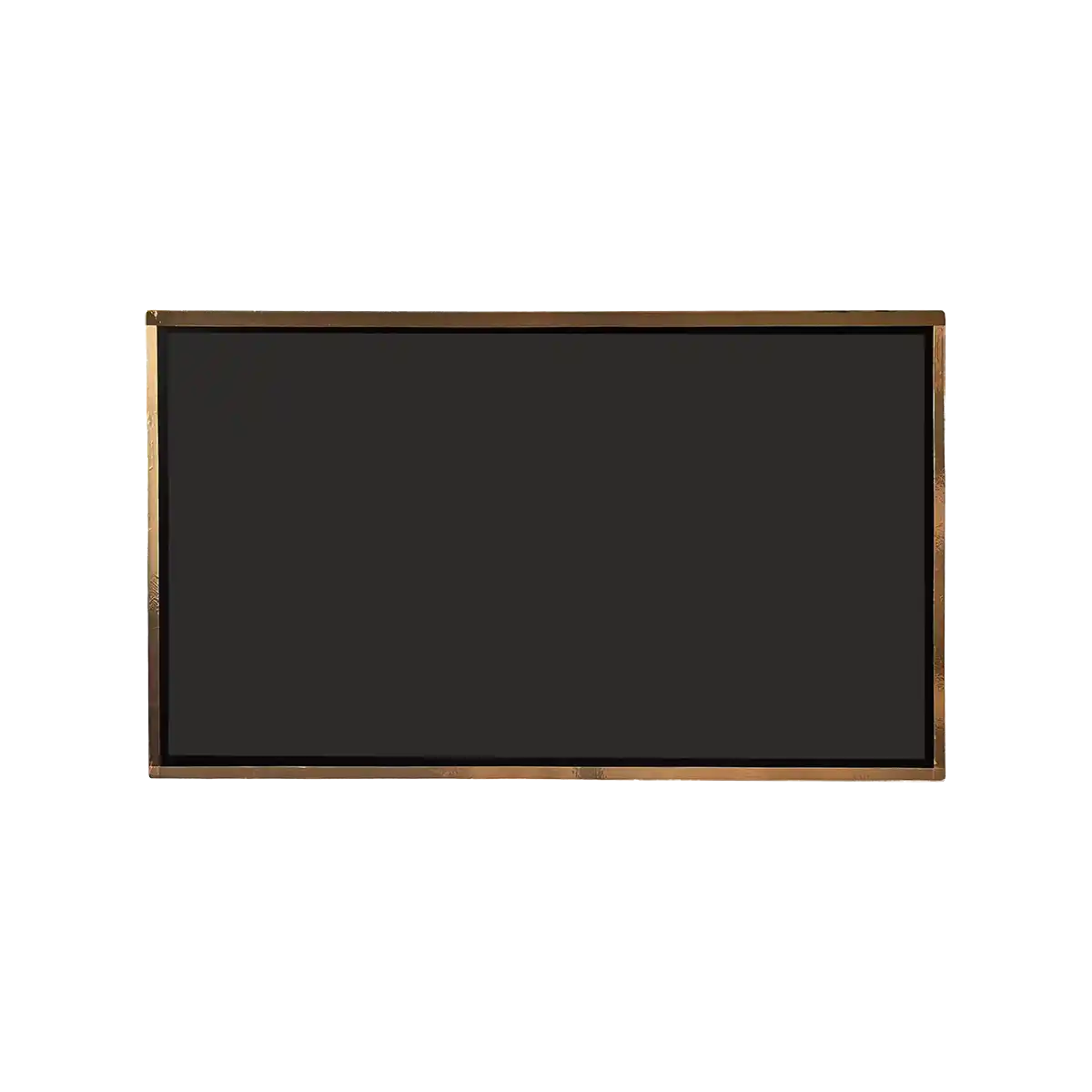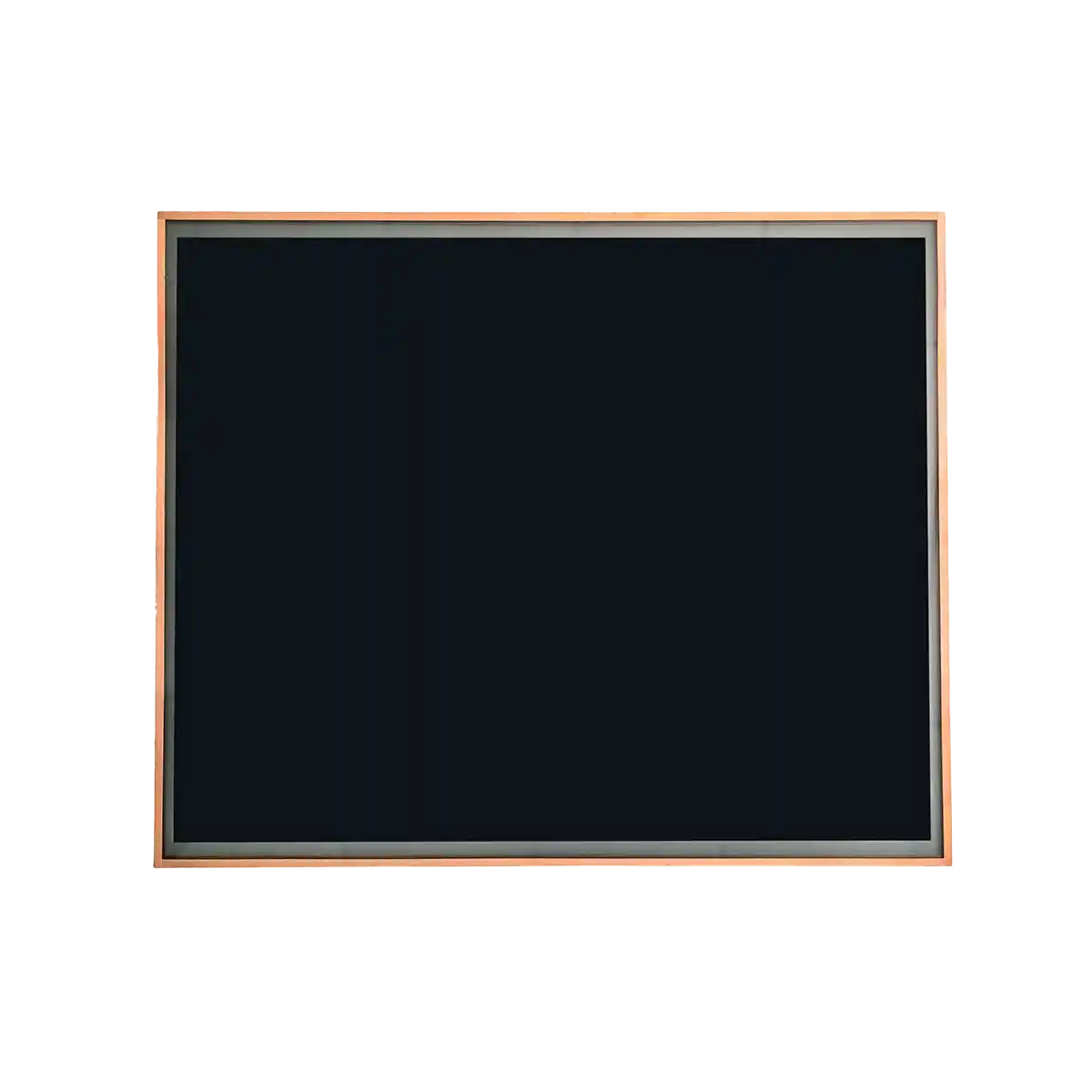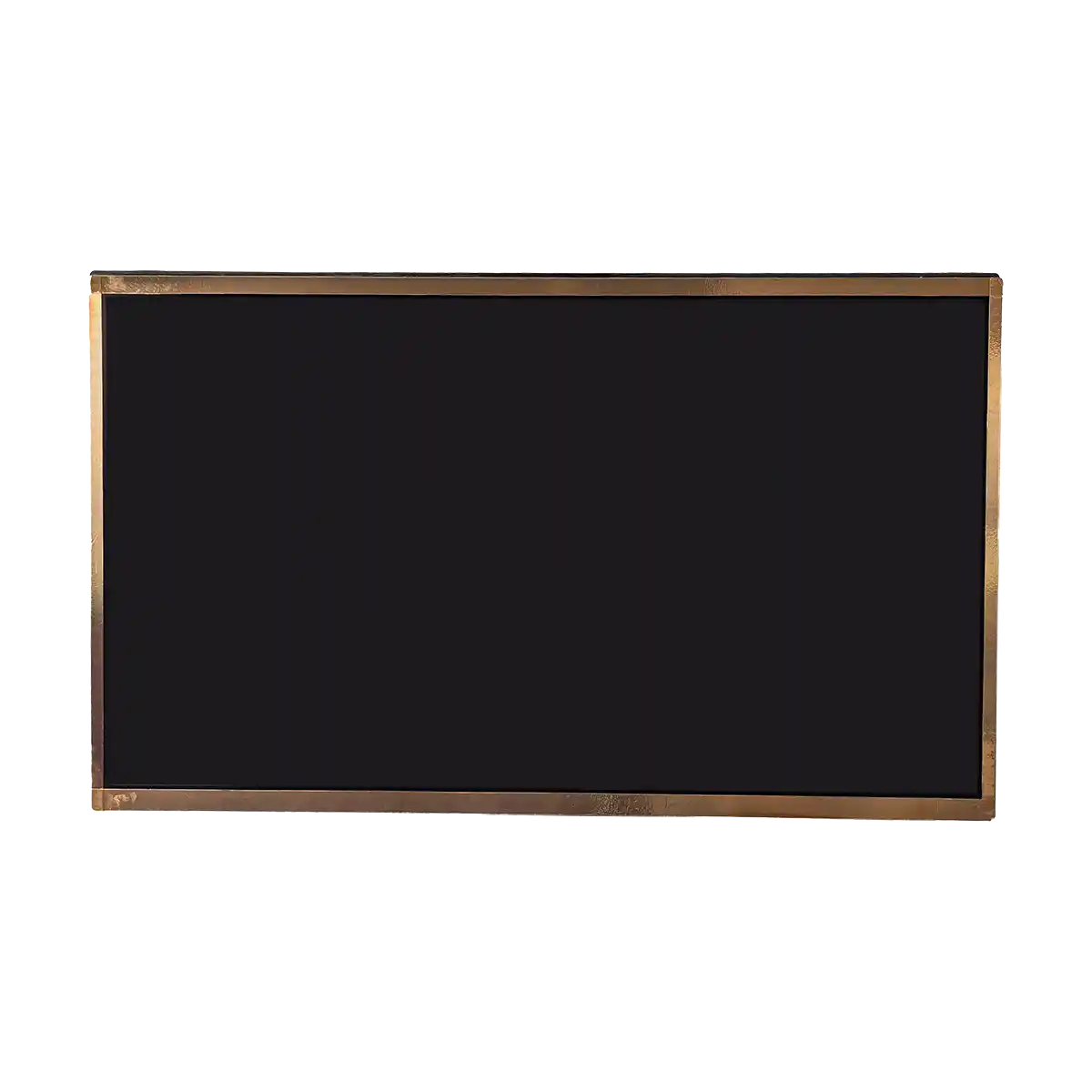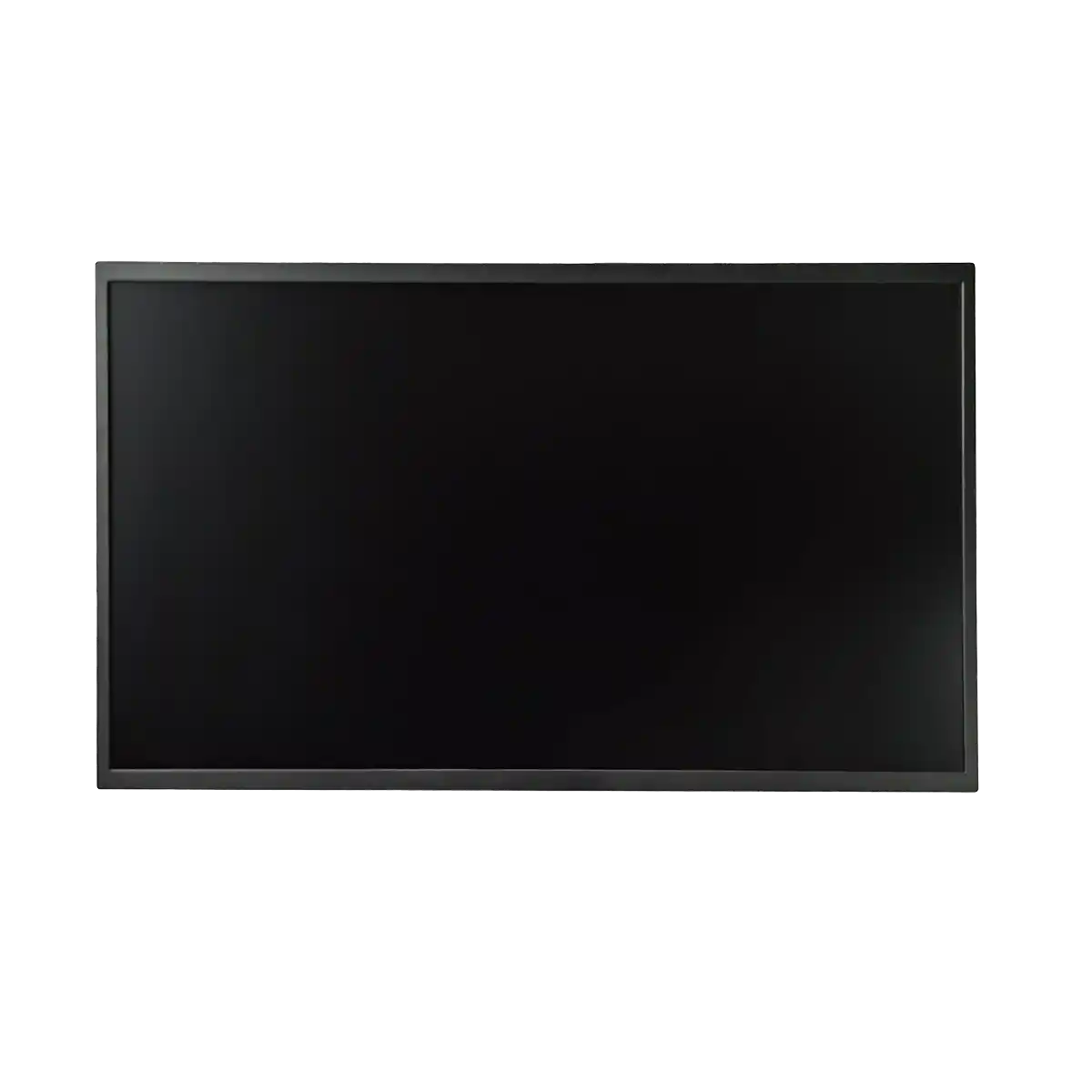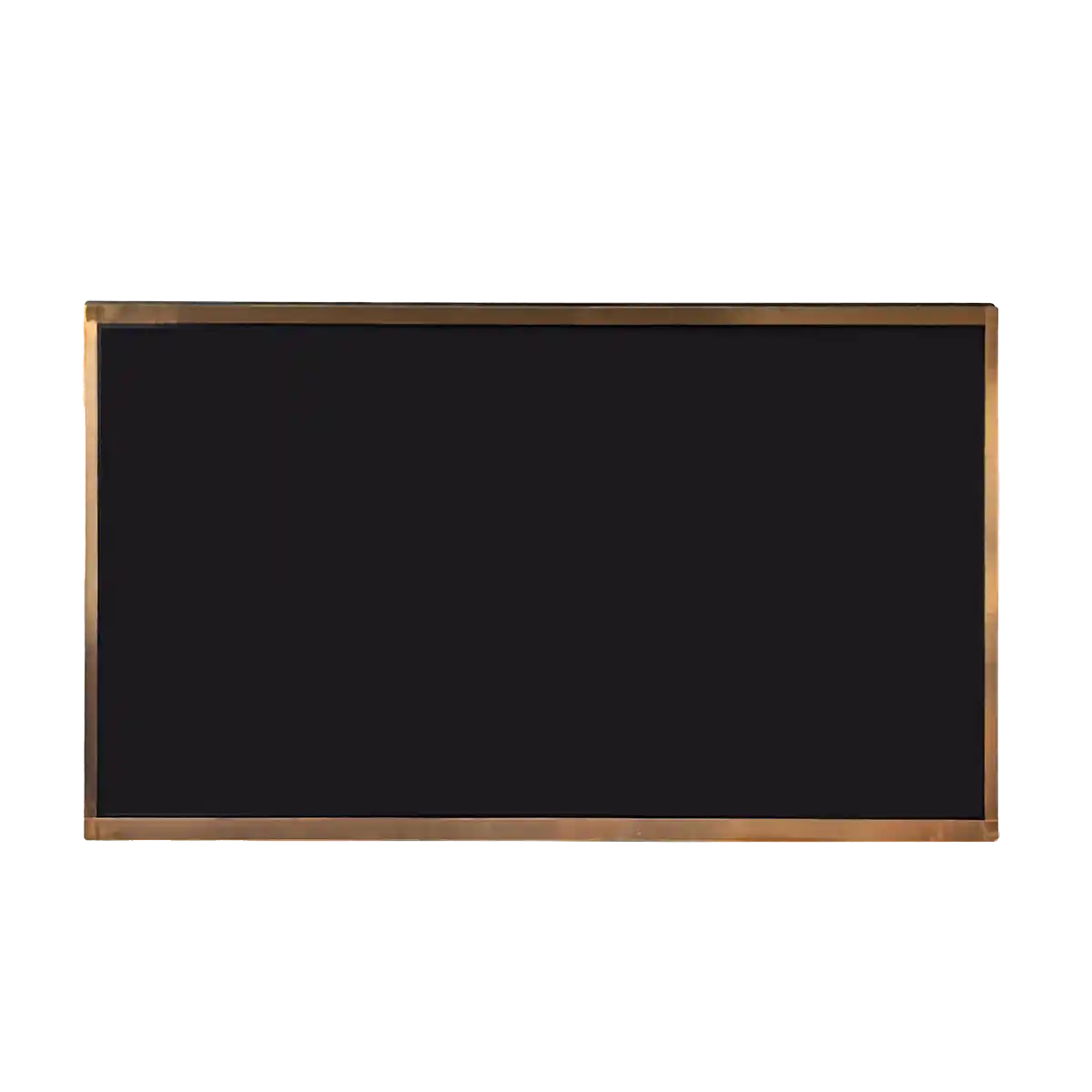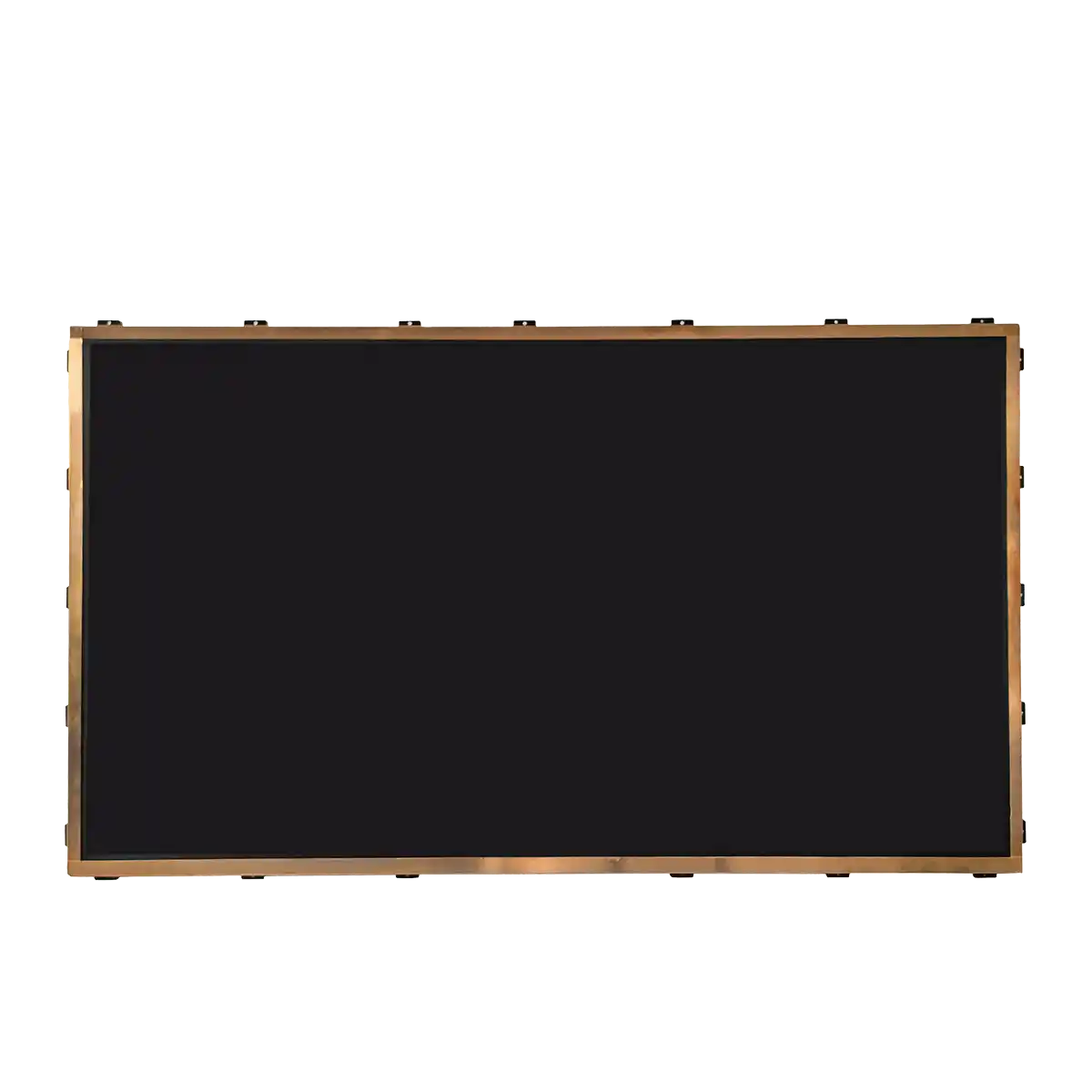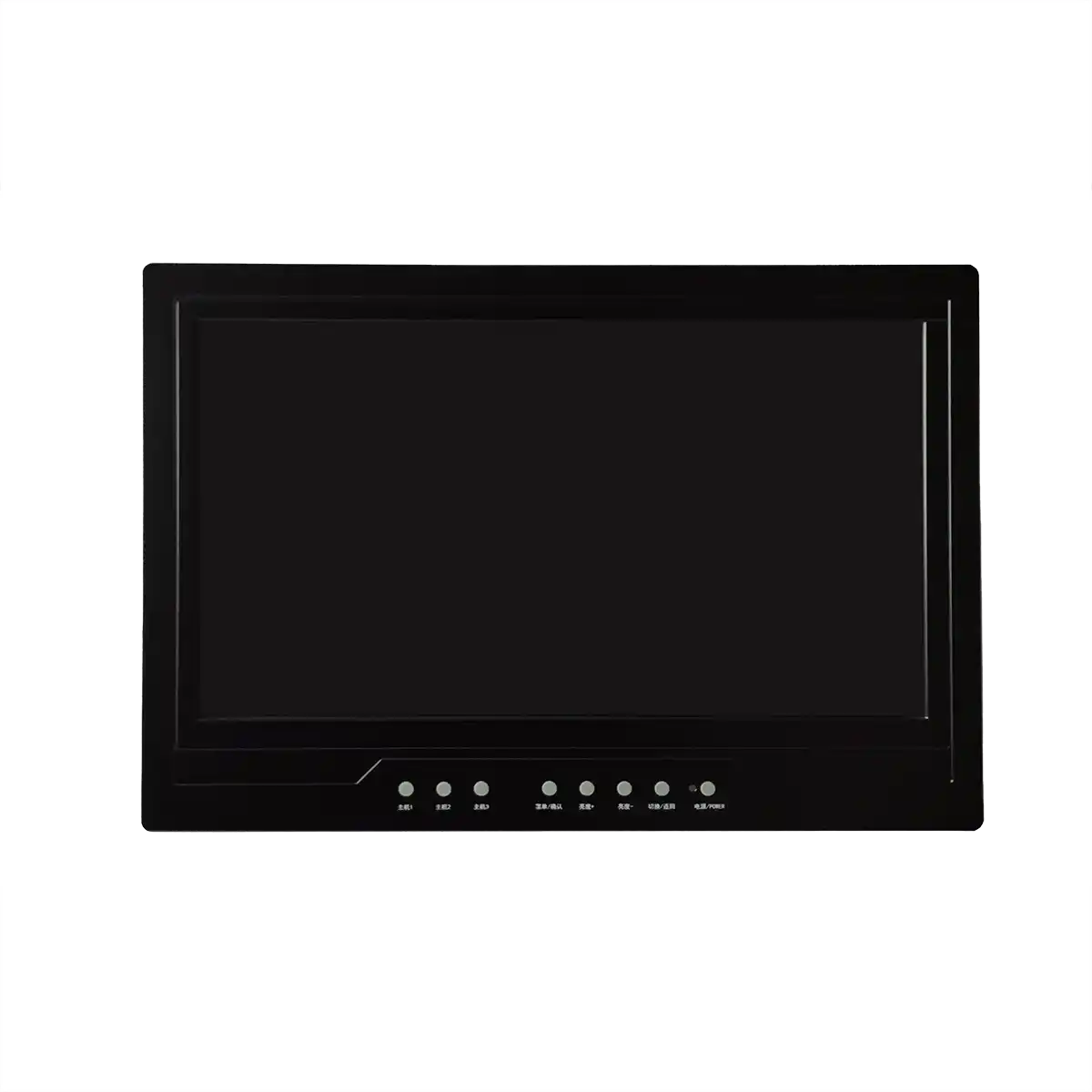Introduction
In this era of intelligence and personalization, the display screen is not only a display window of vehicle information, but also an intelligent interactive platform connecting people and vehicles, vehicles and the outside world. LEEHON discussed in depth the latest developments in vehicle display technology, from the development of display technology to the expansion of application scenarios, to the prediction of future trends,We will analyze the technical drivers behind these changes.
Text
Advances in display technology
-
Application and development of TFT-LCD technology: TFT-LCD technology has become the mainstream product of vehicle display because of its high resolution, high contrast and good color performance. With the development of technology, process improvement from aSi to LTPS, and the application of new technologies such as OLED and uLED, the display quality has been significantly improved.
-
Comparison between OLED and LCD: OLED has faster response time and lower temperature sensitivity than LCD, and is suitable for applications such as electronic rearview mirrors. However, OLEDs have challenges in terms of high brightness and temperature sensitivity, which may affect their lifetime.
-
Exploration of new display technologies: in addition to traditional LCD and OLED, micro LED and electroluminescent quantum dot (QD) displays show the potential to surpass LCD and OLED. These new technologies are expected to occupy a place in the future automotive display market.
Extension of application scenarios
-
Multi-function integration: modern car display is not limited to information display, but also includes the integration of HUD, TDDI, ALS, anti-Peep, 3D and other functions. This multi-functional integration enables the display to provide a richer and more personalized user experience.
-
Special shape and curved surface design: In order to meet the needs of interior design, the display is developing in the direction of curved surface, special shape and narrow frame. This not only improves the visual effect, but also enhances the user's interactive experience.
Future Development Trend
-
Intelligent and interconnected: With the advent of the era of intelligent Internet, the relationship between car display and car networking is increasingly close. Future automotive displays will pay more attention to intelligence and interconnection to meet users' needs for high-tech attributes.
-
High performance and reliability: In order to meet the needs of future autonomous vehicles, automotive displays need to have higher performance and reliability. This includes longer service life, better optical performance and greater environmental adaptability.
-
Optimization of user experience: As the number of screens, size and characters in the car increase, the demand for dynamic content rendering is also increasing. Improve the user experience with software solutions that ensure the driver can accurately perceive the displayed information regardless of the lighting conditions.
The development of automotive display technology is in a stage of rapid development. It not only has made significant progress in display technology and application scenarios, but also faces new challenges such as intelligence, multi-function integration and user experience optimization. In the future, with the continuous emergence of new technologies and changes in market demand, automotive displays will continue to develop in the direction of higher performance, wider applications and better experience.
What are the latest advances in TFT-LCD technology in automotive displays?
The latest advances in TFT-LCD technology in automotive displays include the following:
-
Application of System Integration Technology: BOE Optoelectronics Technology Co., Ltd. recently launched a new generation of TFT-LCD display screen, which uses advanced 6-generation production line technology, has a resolution of up to 4K and a wider color gamut performance, covers 37 inches and below, and is specially designed for televisions and computer monitors.The brightness and contrast of this product are significantly improved, and users can feel more realistic pictures and rich details when watching videos or games. In addition, BOE has also made a series of optimizations in terms of screen refresh rate and response time to make the display effect smoother, especially in high-speed dynamic scenes.
-
Wide viewing angle transflective technology: BOE's new product's improvement in viewing angle and color performance may mean progress in transflective technology.
-
Super size and high resolution: BOE's 45-inch 8K vehicle-mounted through screen demonstrates the development of TFT-LCD technology in super size and high resolution. This screen uses oxide technology, the display effect has been significantly improved.
-
Free-form embedded touch screen technology: BOE's innovative display technologies, such as active glass-based Mini LED display products and MLED COB display large screens, are further developments in touch screen technology.
What are the challenges and solutions for OLED displays in automotive applications?
The challenges of OLED display in automotive applications mainly include:
-
Reliability and durability: The vehicle environment is usually harsh, including high temperature, low temperature, humidity changes and vibration. These factors may affect the stability and life of the OLED display.
-
Cost issues: Although OLED technology offers many advantages, its production costs are relatively high, which may limit its widespread application in the automotive market.
-
Luminous efficiency and service life: Although OLED has the advantages of high brightness and fast response time, its luminous efficiency is low and its service life is relatively short. This is the key problem that OLED technology needs to solve.
Solutions include:
-
Improved materials and technologies: By using more efficient materials and improved manufacturing processes, the luminous efficiency of OLEDs can be improved and their service life can be extended. For example, the use of phosphorescent OLED technology can significantly reduce power consumption and improve display performance.
-
Optimized drive circuit design: By improving the drive circuit design of the OLED display, its performance and reliability can be improved. For example, the use of active matrix driving mode can support the display requirements of higher information content, and help to achieve better image quality and lower power consumption.
-
Integrated and modular design: Integrating the OLED display with other electronic components can reduce the need for external connections, simplify the installation process, and potentially reduce costs. In addition, the modular design can also make the display easier to maintain and upgrade.
-
Adaptive design: Develop OLED displays that can adapt to different vehicle environmental conditions, such as by enhancing the screen's waterproof and dustproof capabilities or adopting special coatings to resist the effects of severe weather conditions.
-
Market promotion and education: Through market promotion and education activities, improve the awareness and acceptance of OLED technology in the automotive industry, so as to promote its application in automobiles.
What is the application prospect of micro LED and electroluminescent quantum dot (QD) displays in the field of automotive display?
The application prospect of micro LED and electroluminescent quantum dot (QD) displays in the field of automotive display looks very optimistic. Both technologies show great potential for improving display performance, especially in terms of brightness, color performance, energy efficiency and reliability.
Micro-LED technology is favored for its high contrast, high brightness, high reliability and fast response time. These characteristics make micro LEDs ideal for automotive applications that require high-performance displays, such as augmented reality (AR) and virtual reality (VR) systems. In addition, the low power consumption characteristics of micro LEDs also meet the needs of the development of electric vehicles.
On the other hand, electroluminescent quantum dot (QD) displays are known for their excellent color rendering ability and high luminous efficiency. QD-LED technology has been applied to automotive lighting systems, demonstrating its potential for dynamic lighting functions and digital communication. This technology can not only provide a high-quality visual experience,It can also interact with the surrounding environment through light, which is crucial for the development of autonomous vehicles.
Although there are some challenges, such as large-scale transfer problems and manufacturing costs, as well as heat management and power supply problems that are sensitive to environmental conditions, these problems are gradually being solved. For example, through improved printing technology and coating methods, more efficient full-color micro LED displays can be achieved.
Micro LED and QD Displays have broad application prospects in the field of automotive display.
What is the impact of intelligence and interconnection on the development of automotive display technology?
The impact of intelligence and interconnection on the development of automotive display technology is mainly reflected in the following aspects:
-
Improvement of size and resolution: With the advancement of intelligent trends, automotive central control displays tend to be large in size and high in resolution. This not only improves the user's visual experience, but also makes the information display clearer and more intuitive.
-
Multi-function integration: Intelligent promotes the diversification of display functions, such as integrated navigation, entertainment systems, vehicle status monitoring, etc. The integration of these functions makes the display not only an information display tool, but also a core interface for vehicle operation.
-
Innovation of interactive mode: Intelligence also promotes the innovation of interactive mode of display screen. For example, the user may interact with the vehicle more naturally through non-traditional interaction manners such as a touch screen and gesture recognition, which improves the convenience and interest of the operation.
-
Application of network connection technology: Interconnection enables the car display to realize network connection with other devices, such as connecting with mobile phones and other devices through Bluetooth modules to realize remote control and data exchange. The application of this technology enhances the functionality and utility of the display screen.
-
Security enhancements: Intelligence and connectivity also bring security improvements. For example, safety warning information can be displayed in real time through the display screen, or information sharing with other vehicles can be realized through network connection, thereby improving driving safety.
How to improve the user experience of car display through software optimization?
To improve the user experience of car display through software optimization, the following aspects can be considered and implemented:
-
Information layout design of augmented reality head-up display: According to user behavior research, designing a reasonable information layout of augmented reality head-up display is the key. This includes the analysis of driving cognitive behavior characteristics and behavior laws, and the development of interaction design principles and information Layout strategies based on this information. For example, a "windowed" design may be employed to reduce visual impact and driving disturbances when switching modes.
-
Visual information organization of multi-screen display interface: In multi-screen display system, attention should be paid to information transmission and interactive experience between different screens. Through integrated design methods, the legibility and readability of information are ensured, while maintaining consistency with brand genes and in-car environment.
-
The display optimization algorithm of the vehicle interactive system: the use of advanced display optimization algorithms, such as discrete cosine transformation, wavelet domain transformation, etc., to improve the display effect of the TFT-LCD screen, thereby enhancing the visual experience.
-
User-centered design process: Apply the user-centered design process to develop external vehicle displays to ensure that the design meets the actual needs and goals of users. This requires identifying the needs of users for displays and developing corresponding toolkits to meet these needs.
-
Ergonomic considerations: When designing the display panel, the visual comfort of the driver must be considered to ensure that the display content is easy to view and does not interfere with the driver's observation of other vehicle components.
-
Modular software design: A highly modular software design structure is adopted to realize data transmission and management between modules through message mechanism to improve the efficiency and reliability of the software.
-
True color front screen system design: the use of modern graphical user interface (GUI) technology, such as Qt Technology, to achieve multi-functional vehicle display system, improve the display accuracy and readability, so that the driver can more intuitively obtain vehicle driving information.
Ending
The future development of vehicle display technology is full of infinite possibilities. With the continuous advancement of materials science, manufacturing processes, and software algorithms, we have reason to believe that the future of in-vehicle displays will be more intelligent, personalized, and able to provide a richer and more intuitive interactive experience. They will become intelligent centers for vehicles, not only providing navigation and entertainment,More safety functions and vehicle control functions will also be integrated. Let's wait and see how in-car display technology will shape our future travel experience.

